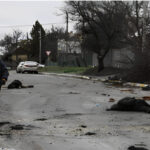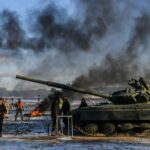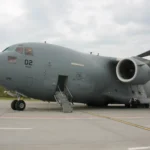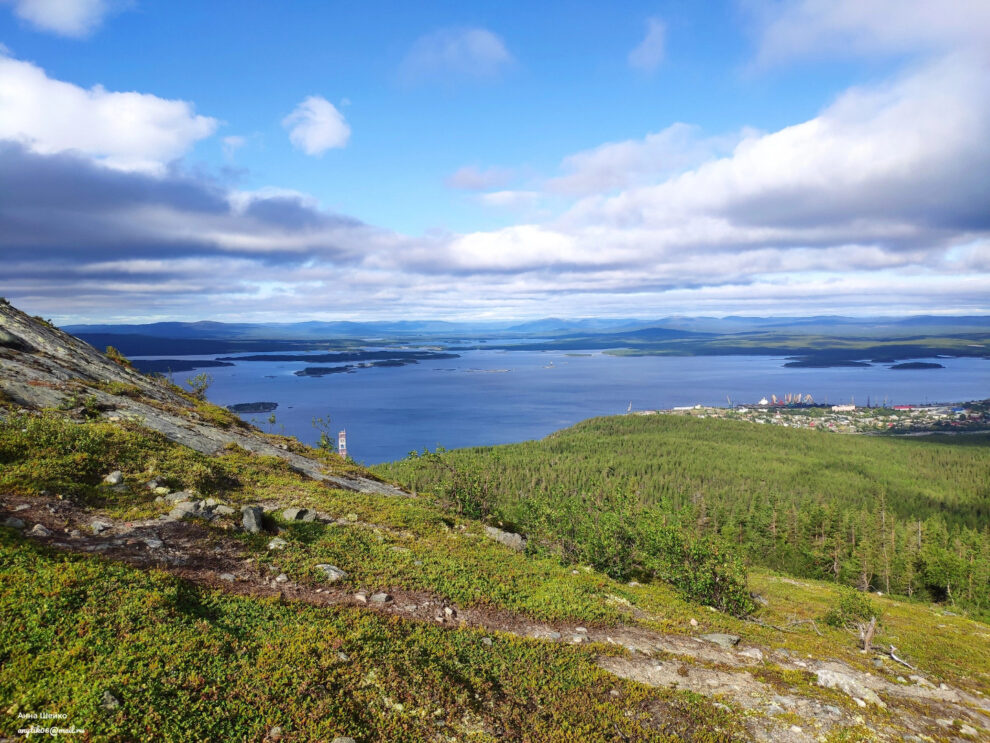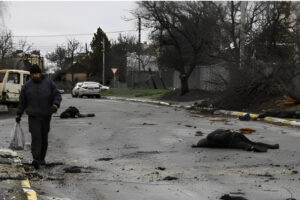The Kandalaksha Gulf is one of the major gulfs in the White Sea. Located on Russia‘s northwestern coast. The Kandalaksha Gulf is important for both humans and the environment. The Gulf has an important oil port still used today and serves as a breeding ground for waterfowl. Here is everything you need to know about the Kandalaksha Gulf.
Geography
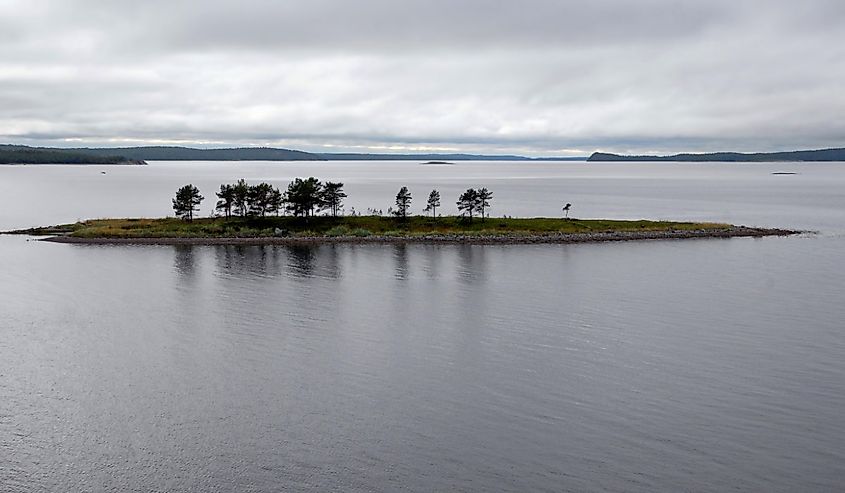
The Kandalaksha Gulf is one of the four major bays or gulfs in the White Sea. The gulf has two coasts on either side, the Karelian and Kandalaksha coasts. It is in the northwestern corner of the White Sea and is very shallow. On average, the Gulf is 320 feet deep, and at its shallow parts in the west, the depth is around 130 feet. The entire length of the gulf is 115 miles, and the width is 42 miles. In total, the Gulf covers an area of 2,500 square miles. Tides in the Gulf reach over 6 feet high and occur twice daily. Currents in the area vary but are, on average, 8 to 12 inches per second. Every year, from mid-November to May, the water in the Gulf freezes, and a layer of ice forms on top of the water.
The upper portion of the Gulf is the Ramsar Wetland, which is an important breeding ground for birds. There are two bodies of water that flow into the Gulf, the Rivers Niva and Kovda. Around the Gulf, there are many small islands. The shores of the Gulf are rocky and lofty with underwater rocks. There are also a couple of places around the Gulf with human activity. The main ports on the bay include Kandalaksha, Kovda, and Umba. The head of the Gulf is Kandalaksha Bay, which sits between the Kandalaksha and Karelian coasts. The bay is the deeper part of the Kandalaksha Gulf.
History
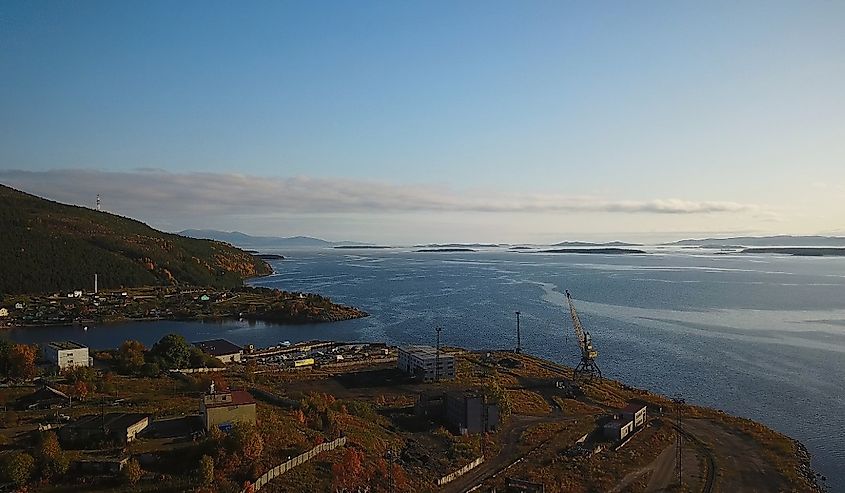
The city of Kandalaksha dates back to the 11th century, and prior to that, the area served as a temporary stop for fishermen. Today, the fishing industry isn’t profitable in the area because of how difficult navigation is on the White Sea. Most of the year, a thick layer of ice covers the White Sea and the surrounding area. While fishing isn’t a good industry in the Gulf, exporting oil is. The Kandalaksha Gulf is home to the oil port Vitino. The port started in 1995 and transfers oil and oil products from Russian oil refineries to oil tankers at sea for export.
Beyond human use, the Gulf is important to wildlife. In 1976, the government declared the Ramsar wetland portion of the Kandalaksha Gulf to be internationally important as a breeding ground for migrant waterfowl such as the sea duck.
Ecology
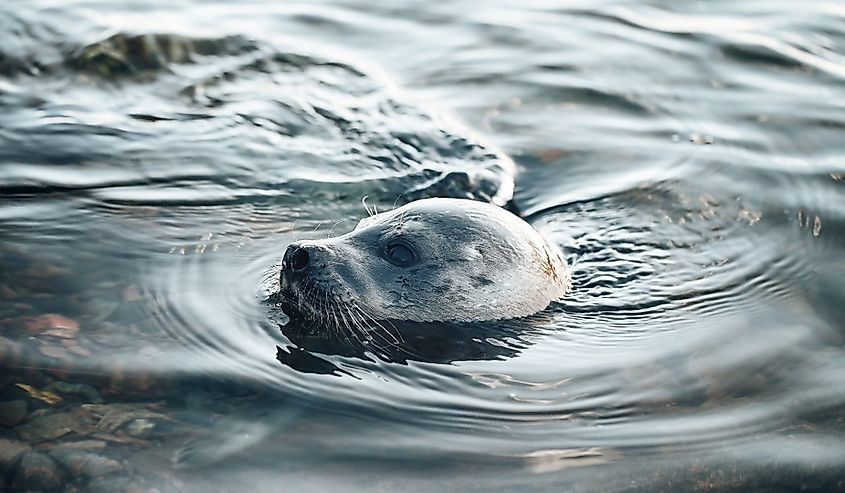
The inner part of Kandalaksha Bay has several islands with a coniferous forest in a glacial landscape. The region is home to a lot of invertebrates, which are an important food source for birds nesting in the area. There are many ducks and other waterfowl in the Kandalaksha Gulf. A large number of ducks even molt in the area.
Being just off of the White Sea, the Kandalaksha Gulf has many of the same fish species, including Atlantic cod, Saffron cod, European Smelt, Herring, and Atlantic Salmon. In the White Sea, there are many other marine animals, such as beluga whales, orcas, humpbacks, bowhead whales, northern bottlenose whales, haro seals, and ringed seals. Due to the cold temperatures, the White Sea has less plant life. However, there are still some plant species found, such as the famous arctic willow, a brown algae that thrives in intertidal zones.
Climate
The Kandalaksha Gulf area has a subarctic climate. This means it has mild, rainy summers and cold, snowy winters. Kandalaksha city is in the Scandinavian and Russian taiga ecoregion, between tundra in the north and temperate forests in the south. This is the largest ecoregion in Europe, spanning across parts of Norway, Sweden, Finland, and the northern part of European Russia.
The summers are relatively short, lasting 50 to 100 days per annum. The winter lasts over half of the year, from September to April. The summer season lasts from May to August. The region is relatively cold all year round, and has long, cold winters with snow and ice. January is the snowiest month, with an average of 7.6 inches of snow. In winter, temperatures reach as low as -65.2 Fahrenheit and as high as 30.2 Fahrenheit. In the summer, temperatures in the region are between 19.4 and 68 Fahrenheit, which is warm enough to melt most of the ice and snow.
While the Kandalaksha Gulf might not be a vacation destination for most people, it is an important region. The Ramsar Wetland portion of the bay even has international importance for waterfowl. From the oil port to the wildlife it supports, there is no denying the important role of the Kandalaksha Gulf.
Source : World Atlas



